
Imphal: A Journey Into a Beautiful, Wounded Land
I had been meaning to visit Imphal for years, but somehow the plan never took shape. This time, a small family engagement finally pushed me to make the trip. I didn’t expect it to be anything more than a short visit, but Imphal has a way of pulling you into its inner layers, even when you aren’t prepared.
A City That Greets You With Honest Simplicity
I wanted to drive. That was my first choice. But with the current tensions between the valley and the hills, taking the Imphal–Kangpokpi–Senapati stretch was out of the question. So I took a quick 40-minute flight from Guwahati.
The moment I walked into the Bir Tikendrajit International Airport, I felt like I had stepped into an older decade. The wooden-beamed ceilings, the dim lighting, the small terminal - it felt more like an old military transit point than a modern airport. People moved with a certain quietness, as if the weight of the last year still clung to them.
Outside, the stretch towards North AOC was as chaotic as ever, with autos cutting across, two-wheelers balancing entire families, and traffic bunching up around Khoyathong and Nagamapal. The air carried that unmistakable Imphal scent: a mix of frying ngari, diesel fumes, and cold winter dust.
Calm on the surface.
Uneasy underneath.
That’s Imphal right now.
At Ima Keithel - The Heartbeat of Imphal
I walked down to Ima Keithel, or Ima Khathel as many lazily call it, and instantly felt swallowed by the energy.
Thousands of women.
Hundreds of stalls.
One long, unbroken chain of tradition.
The Imas were busy selling everything from yarong (long beans), hawai puthi, dried fish from Ningthoukhong, medicinal herbs from the hills, khantham, muka silk phaneks, and even handmade earthen pots from Andro.
Kangla Fort - Where the Past Walks Beside You
I entered Kangla Fort through the Western Gate. The two giant mythical Kangla Sha lions stood tall - one destroyed in the past, now rebuilt, a metaphor for Manipur itself.
Inside, the stillness was overwhelming.
Kangla is not just a fort.
It is where Manipur’s soul sleeps and wakes.
The Govindajee Temple complex, the sacred ponds, the old command posts left behind by the Assam Rifles, everything tells its own version of history. The Meetei resistance, the Anglo-Manipur War of 1891, the complicated relationship with the Centre… every stone here whispers something if you listen long enough.
Friends, Conversations, and Those Underlying Truths
I met some friends, old faces from my college days in Bangalore. We laughed about hostel days, argued about cricket, and naturally drifted into the one topic everyone avoids yet everyone carries inside them: the present Manipur crisis…
Officially, Manipur is a dry state.
Unofficially… well, I found it easier to get a bottle here than in Guwahati.
That, too, is Manipur.
Loktak - A Beautiful Lake Masking a Broken Landscape
I drove to Loktak Lake via Singjamei, Lilong, and then took the Bishnupur route. As the road opened up near the Sendra viewpoint, Loktak appeared - vast, calm, and heartbreakingly beautiful.
Phumdis floated gently, fishermen checked their athaphams, and the air smelled of wet earth and distance.
But even there, the conversations came back to the same truth:
The valley and the hills are now two different worlds.
The Meeteis hold the valley - Imphal East, Imphal West, Thoubal, Bishnupur.
The Kuki-Zo hold most of the hill districts - Kangpokpi, Churachandpur, Tengnoupal, Chandel.
And the roads reflect this divide.
A Meetei cannot drive past Kangpokpi.
A Kuki-Zo cannot enter Imphal safely.
NH-2, once the lifeline to Dimapur and Guwahati, is now a line drawn in blood.
Even with the presence of central forces - Assam Rifles at checkpoints, RAF at sensitive pockets, CRPF lining the highways, the psychological barriers are stronger than the physical ones.
A Broken Truce
Everywhere I went, from Paona Bazar, Kwakeithel, and Thangal Bazar, I felt warmth. Familiar faces. The unspoken bond of shared features, languages, and expressions.
But beneath this warmth is a deep fracture.
People don’t speak loudly about it.
They just carry it quietly.
Like a scar, they’ve stopped trying to hide.
The truth is simple and terrifying:
A truce has been broken, and the trust may never fully return.
I felt it everywhere in conversations, in silences, in the way people looked at the streets after sunset.
When a 40-Minute Flight Costs ₹13,200
On my way back, my flight ticket cost me ₹13,200. For a 40-minute journey.
I sat there thinking:
If I had no choice but to travel… what options would I have?
No road.
No safe highway.
No alternative transport.
What does a common Imphal citizen do in an emergency?
The question haunted me long after I reached home.
Imphal - A City That Holds You, Even When It Hurts
Yet, despite all this, Imphal stays with you.
The people - warm, resilient, proud.
The traditions - unmoving, unbending.
The culture - soft-spoken, stubborn, beautiful.
The land - fragile yet fierce.
As I left, I felt something unexpected:
Hope.
Imphal, with all its bruises and broken fences, still embraces you.
Still pulls you in.
Still believes it will heal one day.
And somehow, after everything I witnessed,
I believe it too.
Disclaimer: The opinions expressed in this article are those of the author's. They do not purport to reflect the opinions or views of The Critical Script or its editor.

Newsletter!!!
Subscribe to our weekly Newsletter and stay tuned.




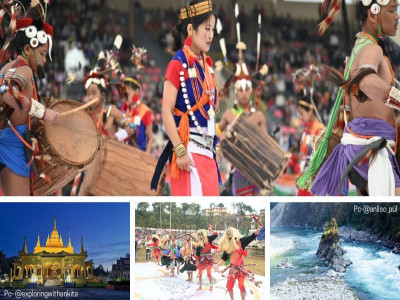
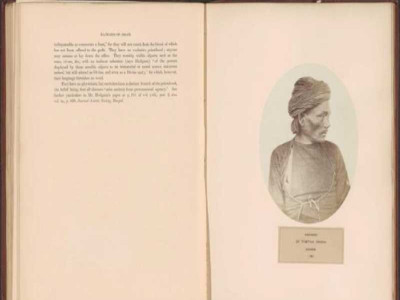


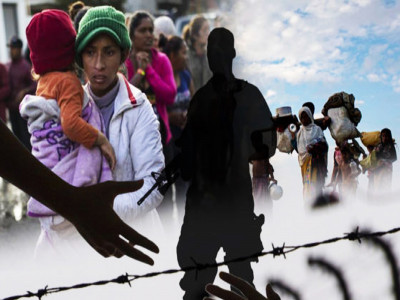
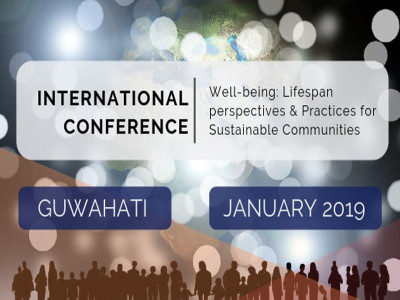
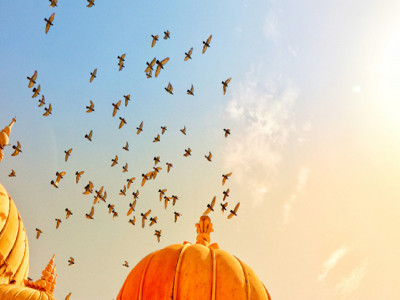






Related Comments